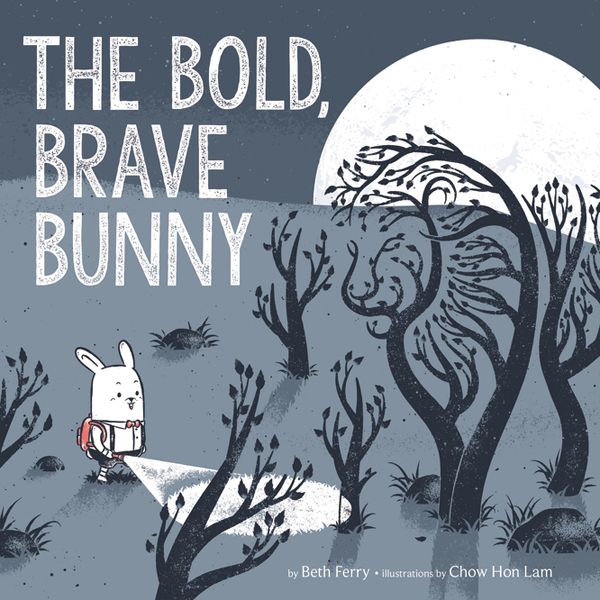
The Bold, Brave Bunny
By Beth Ferry
Illustrators
Illustrated by Chow Hon Lam
Edition
By Beth Ferry
Hardcover edition
Publisher HarperCollins Imprint Harper ISBN9780062850317
The Bold, Brave Bunny
 10.75
10.75
Out of stock
SKU
9780062850317J
B is for brave.
B is for bold.
B is not only for…bunnies.
After his brothers and sisters ruin his favorite alphabet book, Teetu the bunny has had enough of his big bunny family! When he sneaks off into the night, what he discovers is more marvelous than he ever dreamed. He sees animals and trees and beauty and moonlight, and puts his adventures into a new book he creates all by himself. But soon Teetu tires of being alone, and just as it gets to be too much…a big fluffy surprise comes to save the day!
B is for bold.
B is not only for…bunnies.
After his brothers and sisters ruin his favorite alphabet book, Teetu the bunny has had enough of his big bunny family! When he sneaks off into the night, what he discovers is more marvelous than he ever dreamed. He sees animals and trees and beauty and moonlight, and puts his adventures into a new book he creates all by himself. But soon Teetu tires of being alone, and just as it gets to be too much…a big fluffy surprise comes to save the day!
|
Standard MARC Records Cover Art |
Kindergarten Plus (Grades PreK-K)
Kindergarten Plus
Kindergarten Plus (Grades PreK-K)
For Grades PreK-K
Filled with concept books and simple narratives, this collection is ideal for early learners who love following stories through pictures. With 14 beautifully illustrated books per year, young readers can build early literacy skills and develop a love for reading.
14 books per Year
$276.08 per Year
Interests
Animals, Beginning Readers, Fiction, Nonfiction, Picture Books, Storytime/Read Alouds


